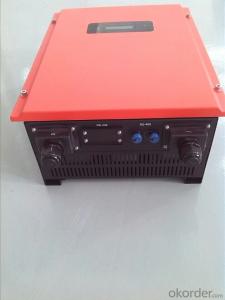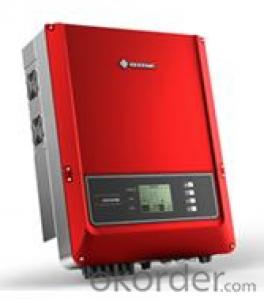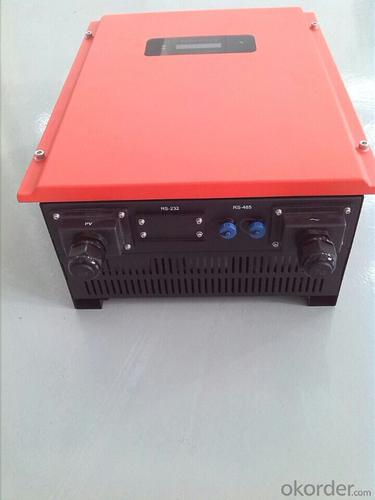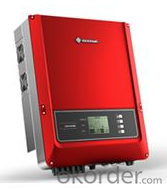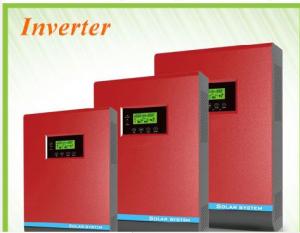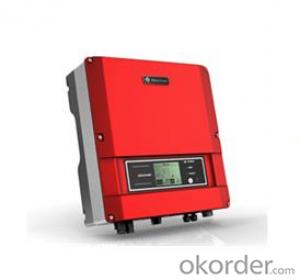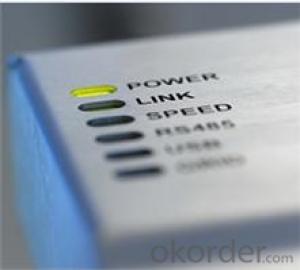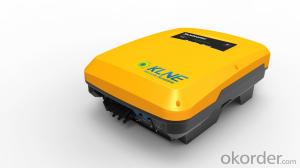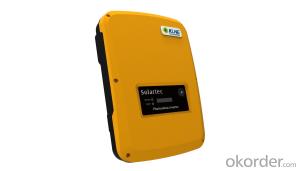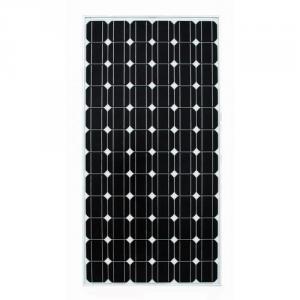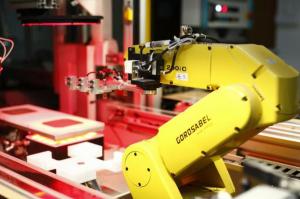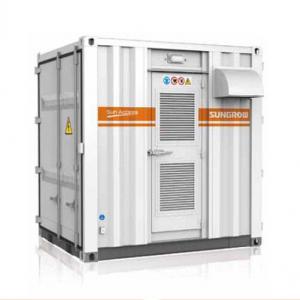Uno Solar Inverter Off Grid Type Solo-10000S
- Loading Port:
- Shanghai
- Payment Terms:
- TT OR LC
- Min Order Qty:
- 10 unit
- Supply Capability:
- 1000 unit/month
OKorder Service Pledge
OKorder Financial Service
You Might Also Like
Product Description:
This system can keep 10 energy-saving bulbs with 15W working for 5 hours per day and a 5W radio working for 8 hours a day. The AC load can keep a 33in color TV (90W) working for 5 hours, a 70W phonograph record machine working for 5 hours, a 200L fridge (180W) working for a whole day, a fan less than 60W running for 5 hours, a 300W computer working for 4 hours, two 100W laptops working for 5 hours, a 1000W water heater running for 1 hours, a 2000W electric stove working for 2 hours, and another 1000W appliance running for 3 hours.
It can work for 3 successive rainy days.
● System voltage:220V
● Output:220VAC/50Hz
● Power: 11000VA
● Dimensions of the box: 600 X 2000 X 600mm
● Net weight: 400kg
Product Datasheet:
Main Accessories | Specifications | No. | Notes |
Inverter | Solo-10000 | 1 | Standard |
PV modules | Polysilicon 100Wp | 68 pieces | Optional |
Storage battery | Lead acid, maintenance-free,2V/400Ah | 110 pieces | Optional |
Controller | Solo-VS220V/50A | 1 unit | Optional |
PV accessories shelf | customized | 1 set | Optional |
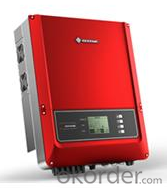
Product Advantages:
Powered by DC current
Can used out of doors
High effiency and low noise
FAQ
What is your payment terms?
We accept T/T payment, normally we need 20% T/T in advance, 80% payed before shipment.
What is your packing system?
We put the sistem in the wooden box.
Can you do OEM service?
Yes we can, but we need to do it with a certain order quantity.
- Q: How does a solar inverter affect the overall system performance in different weather conditions?
- A solar inverter plays a crucial role in the overall performance of a solar power system in various weather conditions. It helps optimize the conversion of direct current (DC) generated by solar panels into alternating current (AC) that is used to power homes and businesses. During sunny weather, a high-quality inverter ensures maximum power extraction from the solar panels, resulting in higher energy production and improved system performance. In contrast, in overcast or low-light conditions, a well-designed inverter can still efficiently convert the available solar energy, albeit at a reduced capacity. Moreover, advanced inverters often incorporate technologies like maximum power point tracking (MPPT) to adapt to changing weather conditions, ensuring optimal performance and energy generation regardless of weather variations.
- Q: How does a solar inverter handle anti-islanding protection?
- A solar inverter handles anti-islanding protection by constantly monitoring the grid voltage. If the grid goes down or voltage drops below a certain threshold, the inverter automatically disconnects from the grid to prevent feeding power back into the grid during an outage. This ensures the safety of utility workers and prevents damage to the grid.
- Q: What are the potential risks of short-circuiting a solar inverter?
- Short-circuiting a solar inverter can pose several potential risks. Firstly, it can cause damage to the inverter itself, leading to a significant financial loss as these devices are expensive to repair or replace. Secondly, a short-circuit can result in overheating, which may lead to a fire hazard in the electrical system, putting the safety of the property and individuals at risk. Additionally, a short-circuit can disrupt the flow of electricity from the solar panels, potentially causing a loss of power generation and financial implications for the system owner. Therefore, it is crucial to take necessary precautions and ensure proper installation and maintenance to prevent short-circuiting of solar inverters.
- Q: What are the potential risks of over-discharging a battery connected to a solar inverter?
- The potential risks of over-discharging a battery connected to a solar inverter include reduced battery lifespan, decreased storage capacity, increased internal resistance, and potential damage to the battery cells. Over-discharging can lead to deep cycling, which can degrade the battery's performance and shorten its overall lifespan. It may also cause the battery to lose its ability to store energy efficiently, resulting in reduced storage capacity. Additionally, over-discharging can increase the internal resistance of the battery, leading to decreased efficiency and lower power output. In severe cases, over-discharging can cause irreversible damage to the battery cells, rendering them unusable and necessitating replacement.
- Q: Can a solar inverter be repaired or does it need to be replaced?
- A solar inverter can be repaired in many cases, depending on the extent of the damage or malfunction. However, in some situations, a replacement may be necessary if the damage is severe or the inverter is outdated.
- Q: How does a solar inverter handle power export limitations imposed by the grid?
- A solar inverter handles power export limitations imposed by the grid through a process called power factor control. The inverter continuously monitors the grid's voltage and frequency, adjusting its power output accordingly. If the grid imposes limitations on power export, the inverter reduces its output to stay within the allowed limits. This ensures that the solar system operates in compliance with the grid regulations and prevents any excess power from flowing back into the grid.
- Q: Can a solar inverter be used with different solar panel brands?
- Yes, a solar inverter can be used with different solar panel brands as long as they have compatible voltage and current ratings. However, it is recommended to consult the manufacturer's specifications and guidelines to ensure optimal performance and compatibility.
- Q: What are the key factors affecting the cost of a solar inverter?
- The key factors affecting the cost of a solar inverter include its power capacity, efficiency, technology type, brand reputation, warranty, additional features, and installation requirements.
- Q: How does a solar inverter protect against voltage fluctuations?
- A solar inverter protects against voltage fluctuations by continuously monitoring the voltage levels from the solar panels. It then adjusts the output voltage to match the required voltage for the connected devices or the grid. This ensures a stable and consistent voltage supply, preventing any damage that could be caused by sudden voltage spikes or drops.
- Q: Can a solar inverter be used in a stand-alone solar system?
- Yes, a solar inverter can be used in a stand-alone solar system. In fact, it is an essential component as it converts the direct current (DC) generated by the solar panels into alternating current (AC) that can be used to power electrical devices in a standalone system.
Send your message to us
Uno Solar Inverter Off Grid Type Solo-10000S
- Loading Port:
- Shanghai
- Payment Terms:
- TT OR LC
- Min Order Qty:
- 10 unit
- Supply Capability:
- 1000 unit/month
OKorder Service Pledge
OKorder Financial Service
Similar products
Hot products
Hot Searches
Related keywords
